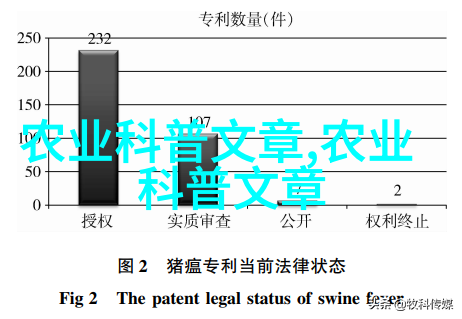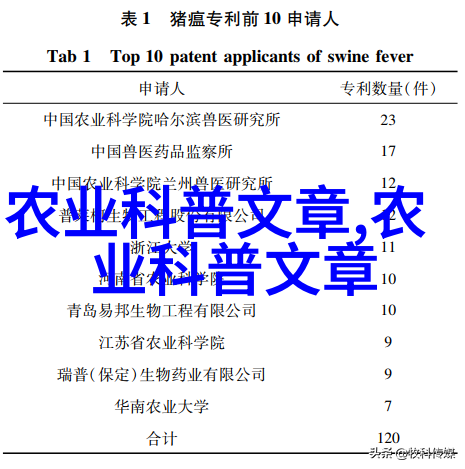画卷中的自然神话一览100种传统中草药艺术作品
在中国悠久的历史长河中,中草药不仅是一种医学手段,更是文化与艺术的结晶。从古代医书到现代图鉴,每一种植物都有其独特的名字和故事,这些名字往往蕴含着深厚的文化底蕴和丰富的寓意。在这幅画卷里,我们将一同探索100种常见中草药名字背后的艺术之美。

首先,让我们来看一look at some of the most well-known medicinal herbs in Chinese medicine. For example, ginseng (人参) is known for its adaptogenic properties and ability to boost energy levels. Its name comes from the resemblance of its roots to a human figure, with the stems resembling arms and legs.
Another herb that has been used for centuries is licorice root (甘草). The name "licorice" comes from the Latin word "liquiritia," which refers to the plant's sweet taste. Licorice root is used in traditional Chinese medicine to treat digestive issues and respiratory problems.

One of the most versatile herbs in Chinese medicine is astragalus (黄芪). Its name comes from the Greek word "astragalos," meaning "ankle bone." Astragalus has been used for thousands of years to boost immunity and fight off infections.
In addition to these well-known herbs, there are many other plants that have been used in traditional Chinese medicine for their medicinal properties. Some examples include reishi mushroom (灵芝), chrysanthemum flowers (菊花), and dong quai (当归).

Each of these plants has its own unique history and cultural significance. For example, reishi mushroom was considered a sacred fungus by ancient cultures because it grows on decaying trees, symbolizing rebirth and renewal. Chrysanthemum flowers were associated with longevity and immortality during imperial China.
Dong quai, also known as angelica sinensis or female ginseng, was traditionally believed to balance women's hormones and improve their overall health. It was often given as a gift at weddings because it represented love, fertility, and prosperity.

These names may seem simple but they hold deep meanings within them. They represent not just physical healing but also emotional connection between people through shared experiences like food culture or religious beliefs.
As we explore more about each herb's history we will find how deeply intertwined they are with our daily lives.

Next time you visit your local herbalist or natural health store take notice how much thought goes into selecting an appropriate herb based on individual needs.
The artistry behind naming these 100 species reflects humanity's ongoing quest for knowledge understanding nature
And harnessing her power
For personal growth
Wellness
And self-healing
With this newfound appreciation let us continue exploring further into this world where ancient wisdom meets modern science